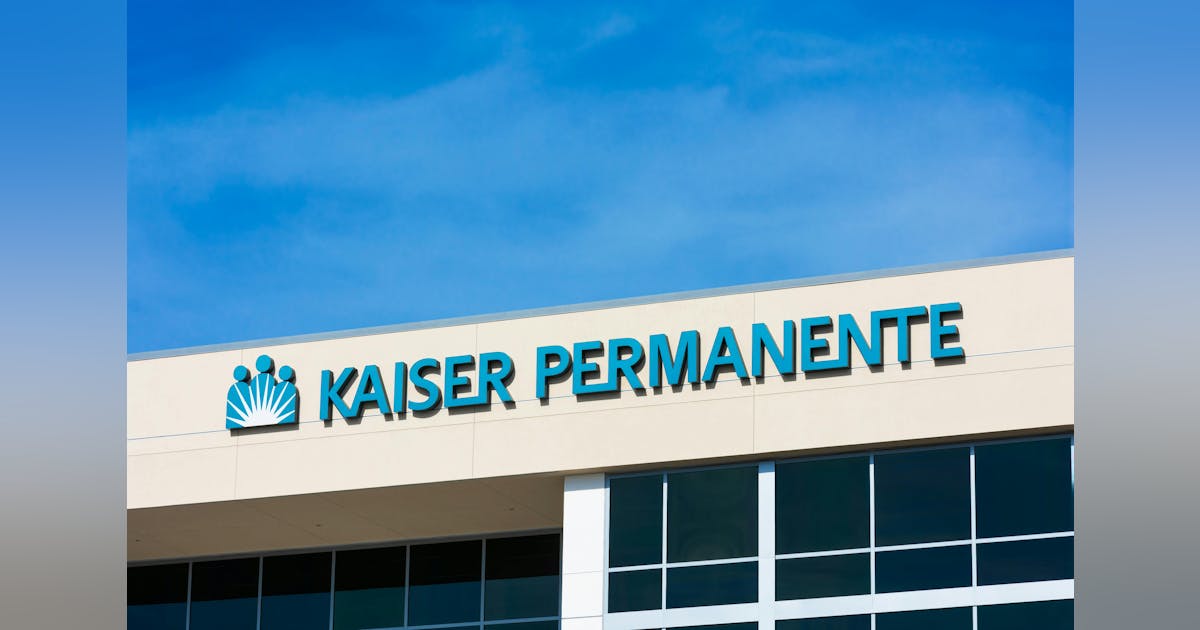
Texas-based Memorial Hermann Health System is expanding its relationship with Reimagine Care, which offers patients access to a team of clinical oncology specialists via text, phone and video to address concerns about symptoms and therapy side effects. Memorial Hermann and Reimagine Care executives recently discussed the expanded partnership with Innovation in health.
Sandy Miller, RN, is vice president of the oncology service line at Memorial Hermann, which has eight accredited cancer hospitals in the Houston area and cares for about 14,000 new cancer patients each year. Dan Nardi is the CEO of Reimagine Care, which supports patients through their cancer treatment while outside the four walls of the clinic with a suite of services.
Healthcare Innovation: First, can I ask you about Reimagine Care’s business model? Do you engage in any kind of shared savings with health systems or do you bill directly for services provided outside the walls of the health system?
Nardi: Our current model is more of a subscription model. We help support a certain number of patients for a flat fee. Patients start treatment and then drop off, some in just a couple of months, some longer. There is a concept of an open number of seats that we can support with the work that we do, and because we are logging directly into the EMR, along with the Sandy team, a lot of that work that we can do helps drive their coding capacity, whether it’s the new navigation codes, whether it’s the CCM, the PCM, the new SDOH codes, the telehealth visits. Each of our clients has the opportunity to bill those codes, if they choose to.
HCI: Sandy, could you talk about some of the issues that Memorial Hermann’s oncology service line sees with patient engagement outside the four walls of the clinic that the Reimagine Care service helps with?
Miller: Reimagine Care offers real-time, in-home support for patients who are experiencing symptoms of their disease or side effects from their treatment. There are multiple ways for the patient to interact with Reimagine Care, and Reimagine Care is also proactive in following up with patients and communicating with them. For example, I’ll tell you the story of a patient: a 27-year-old woman with a severe sarcoma, undergoing very aggressive therapy. A young person, with a lot of stress, a lot of worries, a lot of concerns, both physical, mental, emotional, and financial. The patient herself wanted to avoid hospitalization, if possible, to ensure that her financial health could remain strong. Reimagine Care nurses were checking on her at home every hour, providing her with guidance and education on how to use her prescribed medications, continuing to assess her, to see if she was stable and whether or not she would, in fact, need to go to a hospital or emergency room. The woman was supported over a period of about three days with all the care she needed via telehealth and telephone, and she was able to be supported throughout that care process when she was really not feeling well and was experiencing significant side effects from her treatment, so she was ecstatic to continue to feel safe, secure and supported and receive excellent care while at home.
From the hospital’s perspective, that patient would have been in and out of the clinic, probably daily, or would have called her provider’s clinic four or five times a day. And, like in a busy clinic, it might take an hour or two before the patient received a call back. The difference is that she gets very timely care, guidance, and support so that she can take very good care of herself at home.
HCI: Does this also alleviate some of the burden on your staff at the clinic, who have to respond in a timely manner to those questions, as well as deal with the people who are in front of them?
Miller: Yes, it certainly helps with the follow-up calls that sometimes pile up for the cancer center doctor and nurse. It also creates capacity in the clinic so that patients who are just diagnosed or waiting to be seen can be scheduled sooner and seen sooner.
HCI: Dan mentioned that Reimagine Care staff were logging data into the same EHR as your staff. Was that something you had to think about workflows and get approval for?
Miller: I think Reimagine Care taught us that they could do the same thing with other institutions, and we tried internally to make sure that we were allowed to do the same thing. We actually did. So it’s really an extension of our clinic, so to speak. And our patients see it as an extension of our clinic. It’s like we have this wonderful contracted extension of our clinic. So they’re integrated into our EMR. They’re integrated with our providers and our other staff, and their work is visible to the providers and the clinic staff. They have connectivity to the treating physicians in case something needs to be escalated to a physician, so they’re a very integrated part of our team.
HCI: Did you have an initial period where you wanted to look at some numbers to measure impact and decide that it was worth expanding the program? Were there any patient engagement or satisfaction measures that you looked at?
Miller: We care deeply about patient experience. These patients’ Net Promoter Score has been 85 or higher. Patients love it. They are very satisfied with the care and tell us so in their surveys.
HCI: Do you track the number of issues that were able to be resolved with Reimagine without having to escalate them to the clinic?
Nardi: This is a percentage that ranges between 86% and 87% depending on the month, with thousands of interactions in total and across our entire business portfolio. That is the percentage that we and our team can fully resolve, either through our AI virtual assistant or also through our support team.
HCI: Did Memorial Hermann pilot this program at any of its hospitals or clinics and is now expanding it systemwide?
Miller: We piloted it in one of our clinics with just one of our providers. Now we’re going to expand it to our larger center. We’ll probably have 12 medical oncologists participating and we’ll expand it to our radiation oncology patients as well.
HCI: Do oncologists have questions for you about how this is going to work? Are some of them skeptical at first or are they all eager to try it?
Miller: I would say that most of them are eager to try it and certainly once one or two patients have participated, they are convinced of the value and benefit that this has for their patients. We also have one or two who are a little bit reluctant and not so sure, but with constant communication, education, and peer evaluation and feedback, they are seeing the value in this. We want to respect their process and their perspective, but we are continuing to work with providers and provide updates and education to all providers. I fully anticipate that as we expand our enrollment, we will have all providers participating.
HCI: Dan, does the company have experience working with other cancer centers?
Nardi: Yes. Our first clients included the University of Colorado, with whom we conducted a clinical feasibility study. We are also currently working with City of Hope and a few community practices. We have a few others that have already signed contracts and will be announced in the coming months. Our clients range from large comprehensive cancer centers to community practices in the health system.
HCI: Is it challenging for you to grow your business as you gain more clients? Is it difficult to hire staff to keep up?
Nardi: Obviously, there is a growing shortage of clinical staff. We know that there are a lot of nurses and physicians who have chosen to leave the workforce in recent years, and this is projected to continue to increase in the years to come. But I see a bit of an interesting phenomenon. When we post a position for one of our virtual care teams, we have hundreds of qualified candidates apply within a week or two. What we are seeing is that there are a lot of very talented physicians who want to continue practicing. Sometimes they are tired of being in the clinic, but they want to work in virtual environments like this.
Obviously, when a company grows, especially with the rapid growth that we’re experiencing, there are always some hurdles and you have to make sure that you’re bringing in the right people at the right times. But so far we’ve been very fortunate in how we’ve been able to scale the team. We’re a completely remote workforce, and as we expand our presence with certain organizations, we’re looking to hire a clinical leader who’s in the Houston area. So since we have great partnerships like Memorial Hermann, we could put someone in that geographic area to help us make sure that we’re building those strong relationships.
HCI: Are there value-based care models, such as the Oncology Improvement Model (EOM), that could influence what you are doing?
Nardi: Absolutely. There are like six basic requirements for EOM. With our program, as it is being implemented now, we can easily meet four of those six and five without a lot of extra work. So we help clients who are in EOM or who want to get started.






